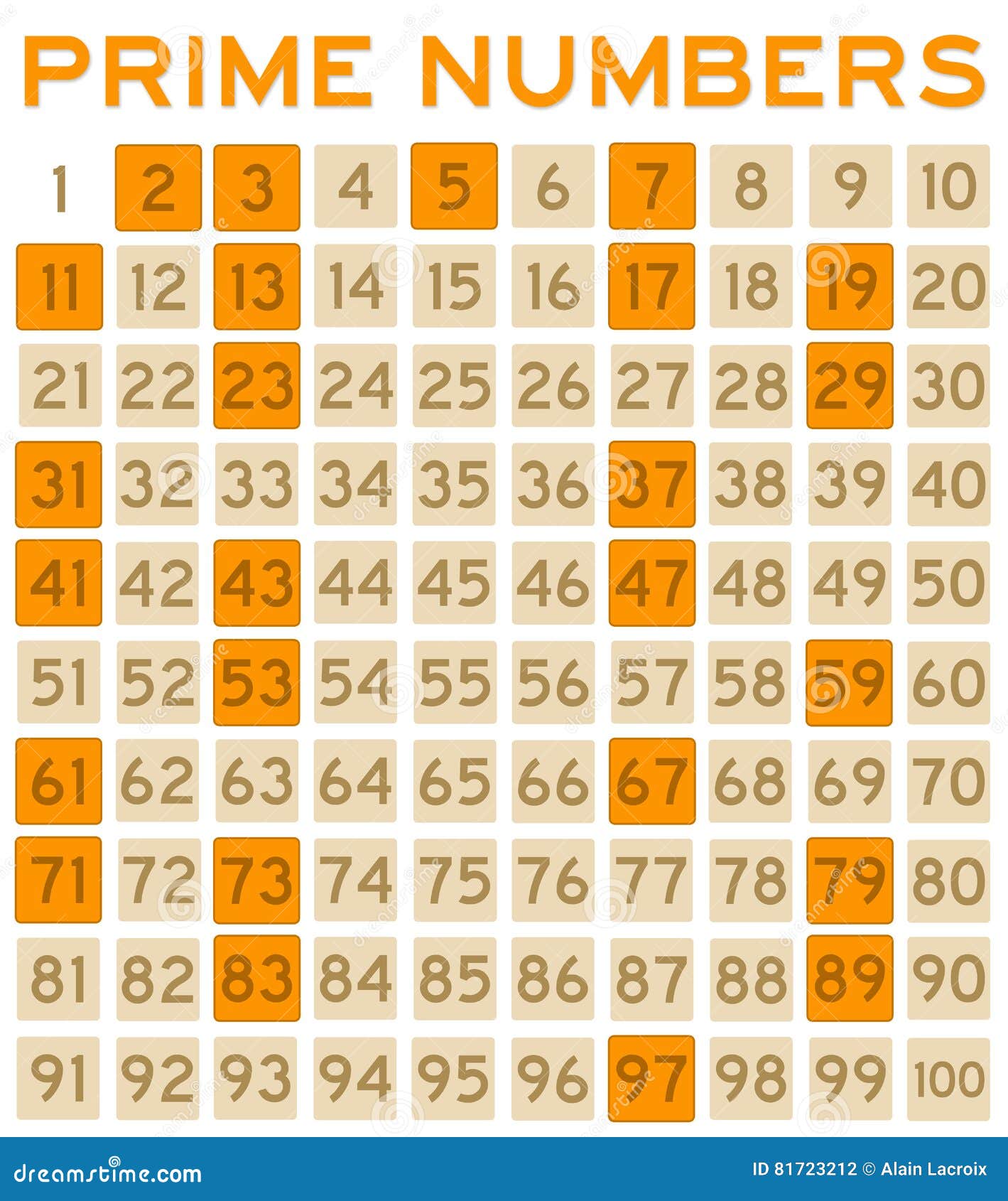| ||||
|---|---|---|---|---|
List of numbers — Integers | ||||
| Cardinal | two hundred thirty-nine | |||
| Ordinal | 239th (two hundred thirty-ninth) | |||
| Factorization | prime | |||
| Prime | yes | |||
| Greek numeral | ΣΛΘ´ | |||
| Roman numeral | CCXXXIX | |||
| Binary | 111011112 | |||
| Ternary | 222123 | |||
| Quaternary | 32334 | |||
| Quinary | 14245 | |||
| Senary | 10356 | |||
| Octal | 3578 | |||
| Duodecimal | 17B12 | |||
| Hexadecimal | EF16 | |||
| Vigesimal | BJ20 | |||
| Base 36 | 6N36 | |||
239 (two hundred [and] thirty-nine) is the natural number following 238 and preceding 240.
Use these printable PDF worksheets to teach students to find and identify prime and composite numbers. For worksheets on prime factorization, please jump over to our factoring worksheets section. Composite and prime numbers. 3rd through 5th Grades. Prime Number Chart. Prime Number Table.
In mathematics[edit]
It is a prime number. The next is 241, with which it forms a pair of twin primes; hence, it is also a Chen prime. 239 is a Sophie Germain prime and a Newman–Shanks–Williams prime.[1] It is an Eisenstein prime with no imaginary part and real part of the form 3n − 1 (with no exponentiation implied). 239 is also a happy number.
239 is the smallest positive integer d such that the imaginary quadratic fieldQ(√−d) has class number = 15.[2]
HAKMEM (incidentally AI memo 239 of the MIT AI Lab) included an item on the properties of 239, including these:[3]
- When expressing 239 as a sum of square numbers, 4 squares are required, which is the maximum that any integer can require; it also needs the maximum number (9) of positive cubes (23 is the only other such integer), and the maximum number (19) of fourth powers.
- 239/169 is a convergent of the continued fraction of the square root of 2, so that 2392 = 2 · 1692 − 1.
- Related to the above, π/4 rad = 4 arctan(1/5) − arctan(1/239) = 45°.
- 239 · 4649 = 1111111, so 1/239 = 0.0041841 repeating, with period 7.
- 239 can be written as bn − bm − 1 for b = 2, 3, and 4, a fact evidenced by its binary representation 11101111, ternary representation 22212, and quaternary representation 3233.
- There are 239 primes < 1500.
- 239 is the largest integer n whose factorial can be written as the product of distinct factors between n + 1 and 2n, both included.[4]
- The only solutions of the Diophantine equation y2 + 1 = 2x4 in positive integers are (x, y) = (1, 1) or (13, 239).
In other fields[edit]

239 is also:
- K239 is Mozart's only work for two orchestras.
- 239 is the atomic mass number of the most common isotope of plutonium, Pu-239
- The years A.D. 239 and 239 BC.
- 239 is an area code representing part of Florida in the United States
- 239 is a world-famous lyceum of physics in mathematics in Saint-Petersburg, Russia.
- In The Simpsons episode 'Homer's Night Out', Homer weighs himself and resolves to exercise. Six months later he weighs himself again and again resolves to exercise. Both times he weighed exactly 239 pounds. His weight was also seen in a daydream in the episode 'King-Size Homer'
- 239 is the number of chapters in the Book of Mormon.
References[edit]
- ^Sloane, N. J. A. (ed.). 'Sequence A088165 (NSW primes)'. The On-Line Encyclopedia of Integer Sequences. OEIS Foundation. Retrieved 2016-05-28.
- ^'Tables of imaginary quadratic fields with small class number'. numbertheory.org.
- ^'Beeler, M., Gosper, R.W., and Schroeppel, R. HAKMEM. MIT AI Memo 239, Feb. 29, 1972. Retyped and converted to html by Henry Baker, April, 1995'.
- ^Sloane, N. J. A. (ed.). 'Sequence A157017'. The On-Line Encyclopedia of Integer Sequences. OEIS Foundation.
Comments are closed.